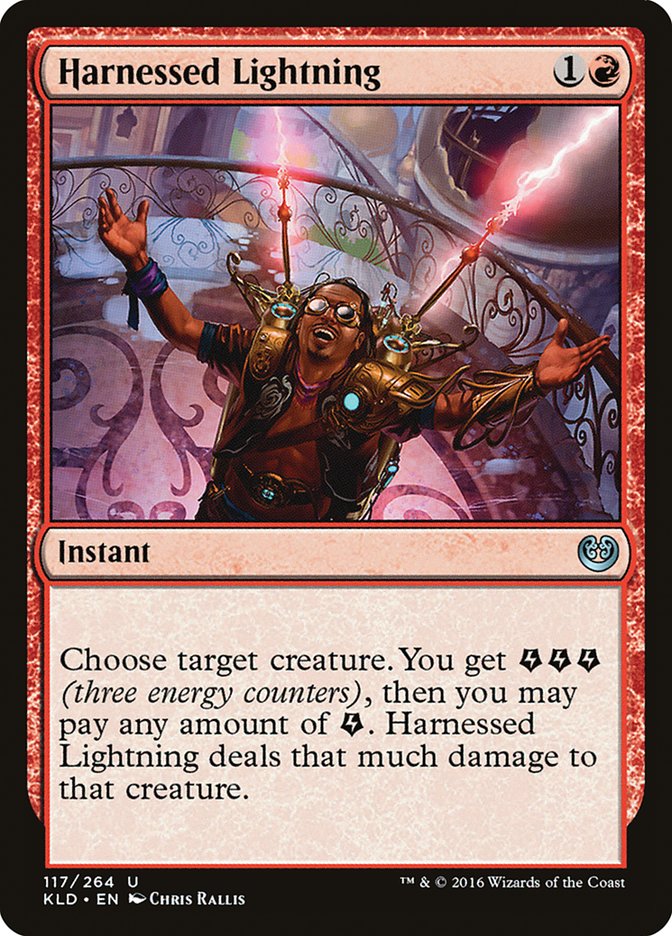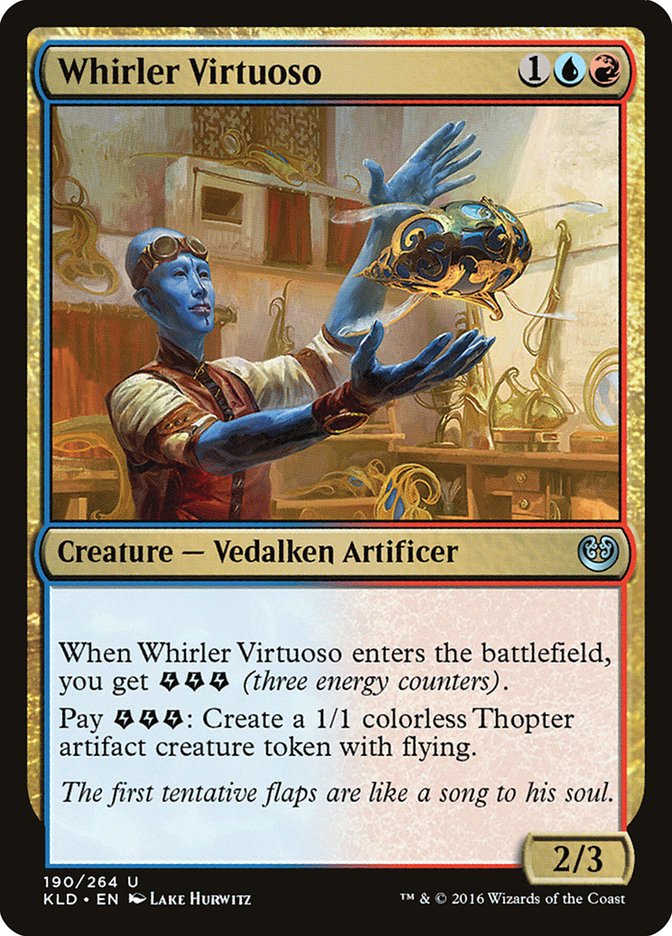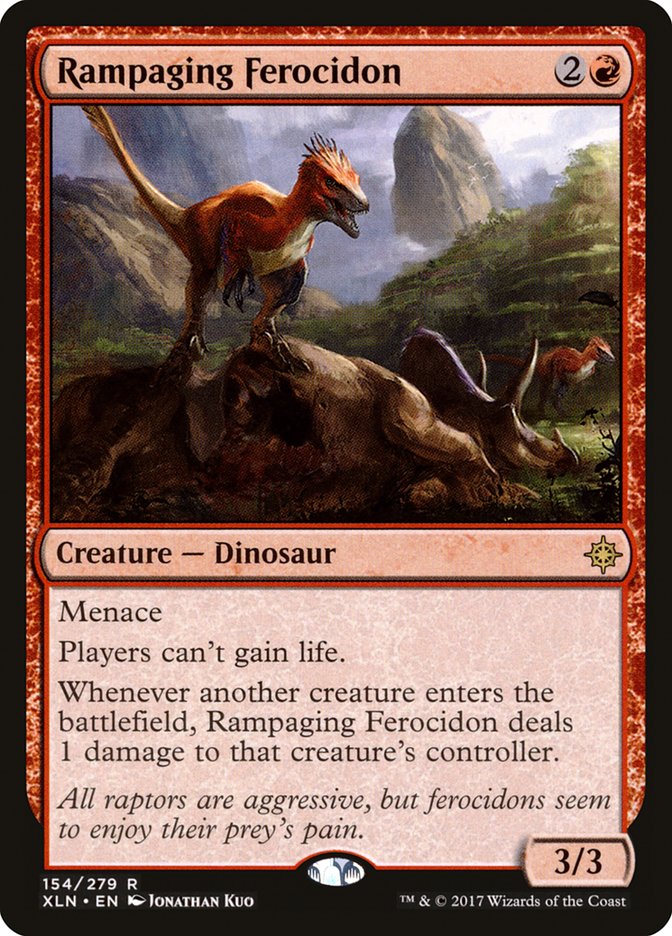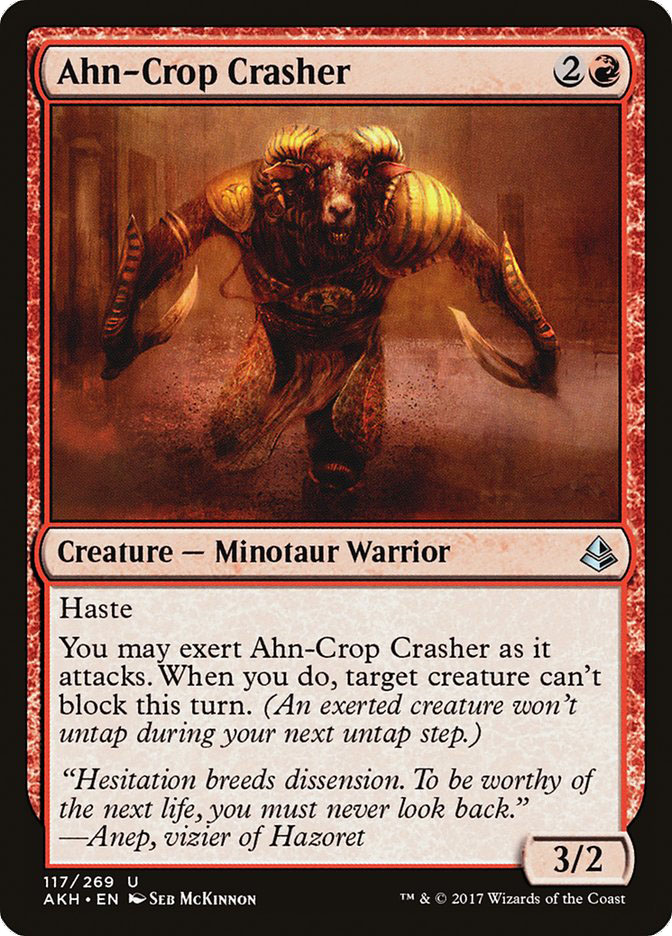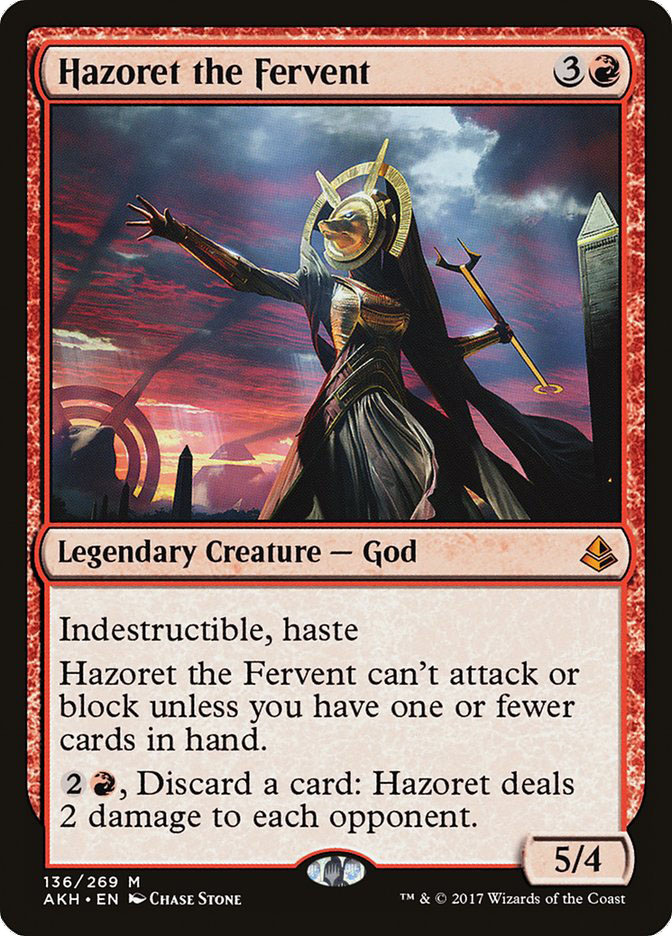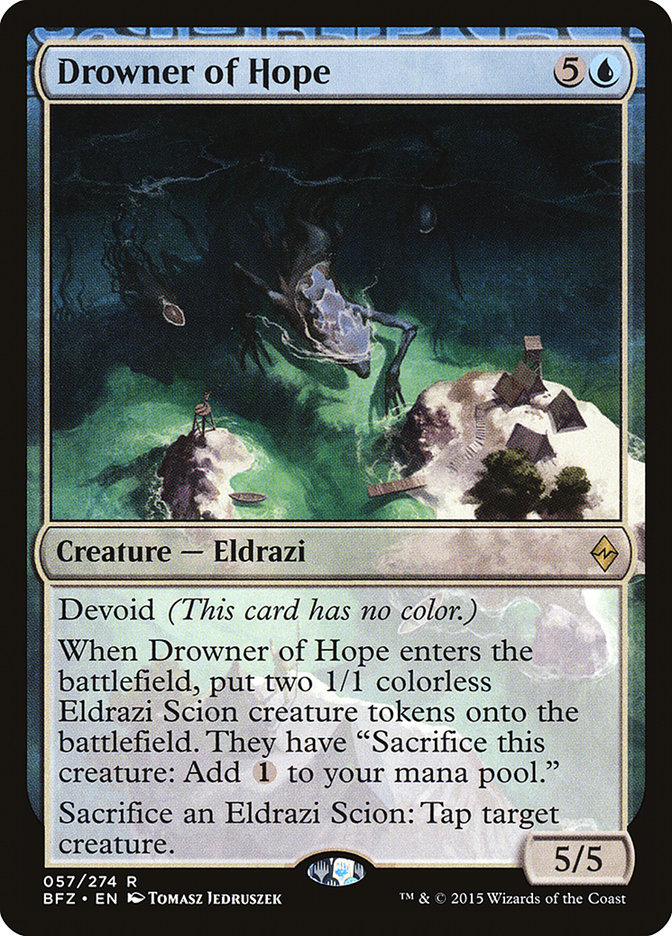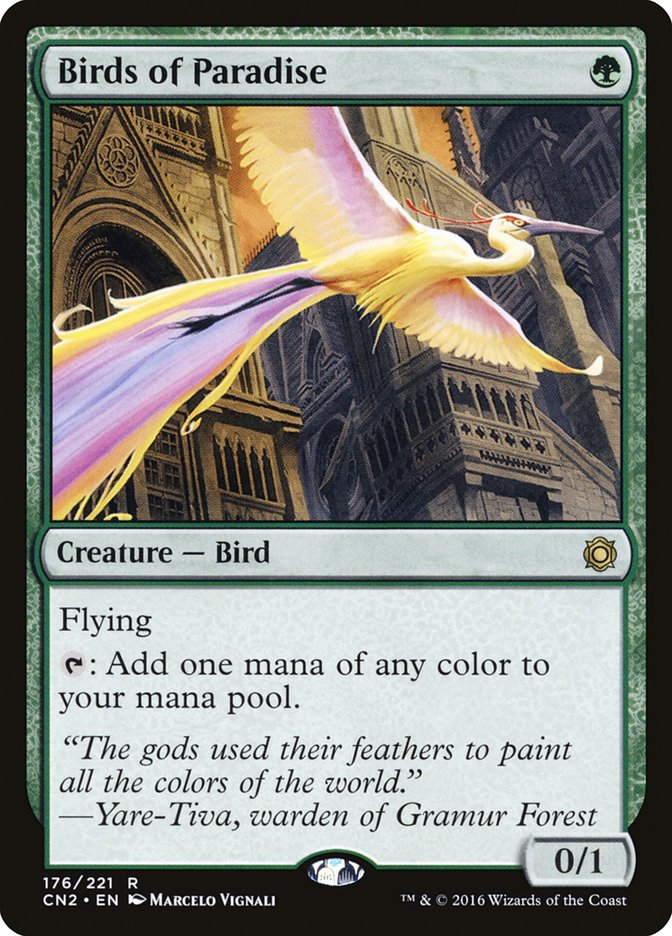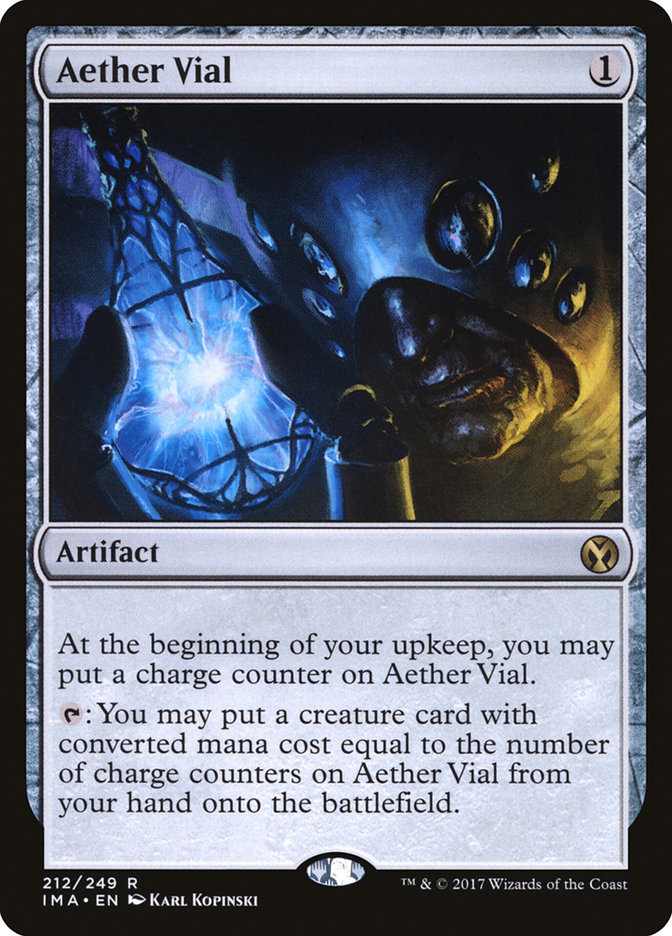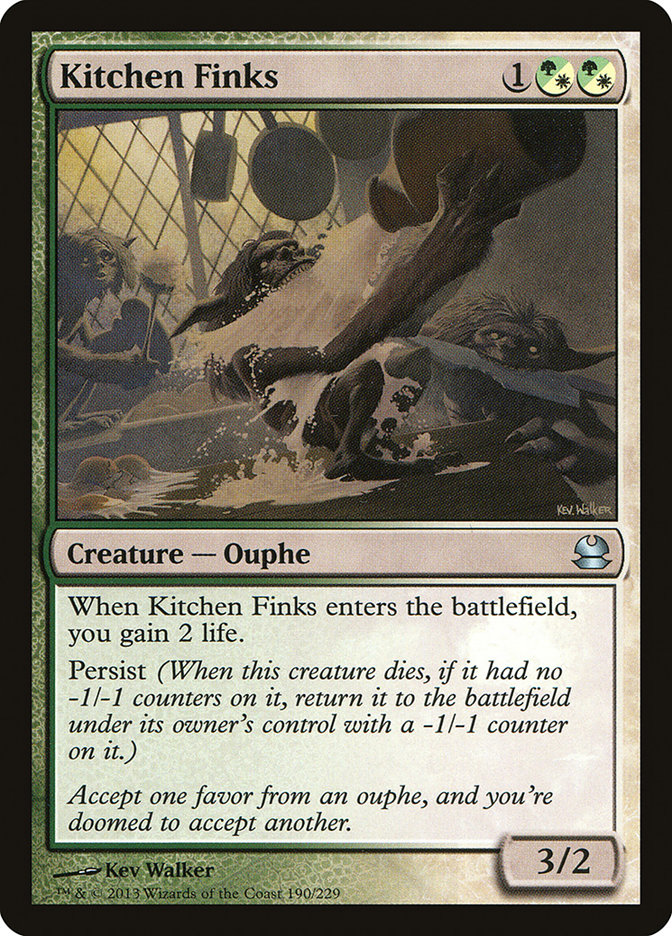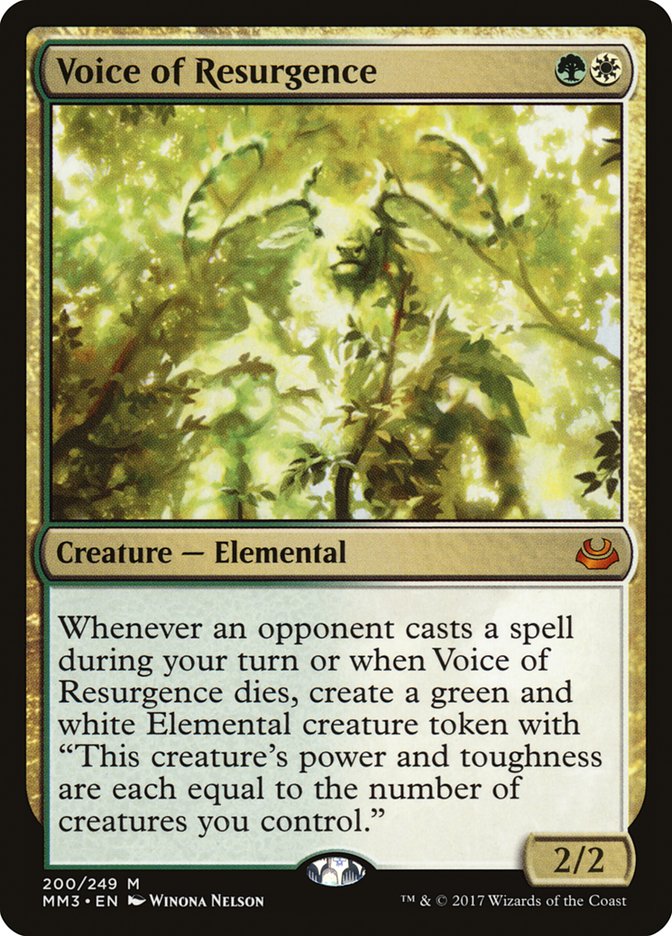This weekend brings the StarCityGames.com Season Two Invitational. The winner will walk away with $20,000 and their likeness enshrined on a token of their choosing. And it’s about two miles from my house! During the Season One Invitational, all eyes were on Standard, as Aetherworks Marvel had just been banned. As a result, it felt fresh and unexplored because it had been oppressed for months. Now, with Ixalan being the newest set added to the mix, as well as all of Battle for Zendikar and Shadows over Innistrad being set out to pasture, Standard is in a weird spot.
The Standard Portion
The games are pretty fun and interactive, but the decks do a lot of the same stuff. Energy is running rampant, though it is being used across multiple strategies in different ways. A control deck won the last North America Standard Grand Prix, but people don’t really respect it for some reason. Ramunap Red was an insane powerhouse before Ixalan, crushing Pro Tour Hour of Devastation and only losing one or two cards. And God-Pharaoh’s Gift seems to have fallen off the map after showing some early promise.
Three decks currently line the top of the field:
Creatures (24)
- 4 Longtusk Cub
- 3 Bristling Hydra
- 4 Whirler Virtuoso
- 4 Servant of the Conduit
- 4 Rogue Refiner
- 4 Glorybringer
- 1 Vizier of Many Faces
Planeswalkers (2)
Lands (15)
Spells (19)

Whether you splash for The Scarab God or not, everyone can admit that the Temur-based Energy deck is one of the best decks in the format. It goes without saying that a large percentage of the field will be playing some version of this deck. Harnessed Lightning is a busted removal spell, and all the creatures are incredibly efficient. If you want to beat Temur Energy, you need to do one of two things: go fast or go big.
But since Temur Energy is a midrange deck playing three or more colors, it has access to some of the best sideboard cards and plans in the format. Even if you’re a control deck that blanks all the removal and can answer every threat cast, you will occasionally lose to a well-timed Negate. If you’re an aggressive deck looking to go under them, you’ll have to fight through a swath of removal coupled with Whirler Virtuoso. And because of its flexibility, Temur Energy stands at the top of the field for “best deck.”
Creatures (26)
- 4 Longtusk Cub
- 4 Winding Constrictor
- 2 Rishkar, Peema Renegade
- 4 Glint-Sleeve Siphoner
- 4 Rogue Refiner
- 3 Walking Ballista
- 2 The Scarab God
- 3 Hostage Taker
Lands (16)
Spells (18)

While this deck tends to be weak against Glorybringer, it does have legs against just about every deck in the room. With aggressive starts featuring Winding Constrictor and Longtusk Cub backed by protection like Blossoming Defense, Sultai Energy is not a strategy you want to ignore. While many think that Sultai Energy is a weaker choice than Temur Energy, I’m under the impression that both are fine options given the right metagame.
Sultai Energy boasts a better matchup against the stranger side of the metagame. With access to both Duress and Negate, any combo or control deck is going to be in some serious trouble. Your early clock backed up by efficient disruption should be solid enough to seal the deal, but just know that you’re going into the tournament as an underdog to a single card. Trading red for black means you lose your safety net against big dumb monsters like Glorybringer, and you’re likely a bit worse off against stuff like Rampaging Ferocidon. While Fatal Push is a great removal spell, turning on revolt isn’t all that easy. And since you don’t have access to a ton of versatile removal (which is strange for a black deck), even Whirler Virtuoso could give you some major problems.
I don’t know if I’d have the guts to play this deck, even if it did win Pro Tour Ixalan. But given the right shift in the metagame, I could easily see it making the elimination rounds.
Creatures (26)
- 4 Bomat Courier
- 3 Kari Zev, Skyship Raider
- 4 Hazoret the Fervent
- 1 Ahn-Crop Crasher
- 4 Soul-Scar Mage
- 2 Harsh Mentor
- 4 Earthshaker Khenra
- 4 Rampaging Ferocidon
Lands (10)
Spells (24)
- 14 Mountain
- 4 Shock
- 4 Lightning Strike
- 2 Abrade

I’m under the assumption that Ramunap Red will perform well at the Invitational, but only if built correctly. At the moment, there are three ways to build the deck, and all three have merit. The original version of this deck focuses on making creatures unable to block on the back of Ahn-Crop Crasher and Earthshaker Khenra. After Temur Energy became the format’s oppressor, some changes were made to make it a little bit stronger against Whirler Virtuoso. That meant maxing out on Rampaging Ferocidon and cutting back on Ahn-Crop Crasher. Then Ben Stark went and did the unthinkable: he moved some sideboard cards to the maindeck.
In all seriousness, Ben Stark’s version of Ramunap Red (Big Red or Desert Red) is pretty close to what you look like after sideboarding against most matchups. You have Glorybringer, fewer two-drop creatures, and a little more removal. Chandra, Torch of Defiance maindeck is also a big part of Ben’s version, giving you access to a permanent that is difficult to remove and can give you an engine that generates card advantage or mana, or can act as additional removal.
But as a result of going bigger and having a tougher time of emptying your hand, Hazoret the Fervent was much more difficult to “turn on.” And with most versions of Ramunap Red going for four copies of Hazoret the Fervent, arguably the best card in the deck, it seemed like a strange move. I will say that, after sideboarding, Hazoret the Fervent does become harder to turn on, which might mean trimming a few is a smart choice, but I still haven’t been able to bring myself to do it. After all, if your opponent can’t kill it, it’s likely going to end the game by itself (assuming you aren’t massively behind).
So, learning from these three versions of the deck, I think I want to play something very close to this during the Standard portion of the Invitational.
Creatures (26)
- 4 Bomat Courier
- 3 Kari Zev, Skyship Raider
- 4 Hazoret the Fervent
- 4 Soul-Scar Mage
- 3 Harsh Mentor
- 4 Earthshaker Khenra
- 4 Rampaging Ferocidon
Lands (9)
Spells (25)
- 15 Mountain
- 4 Shock
- 4 Lightning Strike
- 2 Abrade

Nothing fancy. No bells or whistles. Just Red Deck Wins. If you can stop the early aggression as well as the powerful sideboard cards after the first game, then you got me. But something tells me that Ramunap Red is just the best choice right now. It looks sleek and has the tools to punish all versions of Energy. I’m absolutely in love with the potential for sideboarding into a significantly different strategy.
But this sideboard strategy is nothing new. We’ve seen it in Mardu Vehicles for a while before, and this has been the go-to sideboard plan for Ramunap Red over the last few months. So why is this deck good now as opposed to the World Championship or Pro Tour Ixalan? My gut says that Rampaging Ferocidon in the maindeck and the addition of Harsh Mentor are the main reasons to play this version. Both put a lot of pressure on Temur Energy to answer, since Whirler Virtuoso is one of their better cards in the matchup.
If I’m being honest, I haven’t played a game with the deck in weeks, but it’s still my front-runner for the Invitational because I think it’s just that good. My gut says that Chandra, Torch of Defiance isn’t all that great right now, and I should perhaps load up on Sand Strangler. I’ve also considered cutting Glorybringer for Skysovereign, Consul Flagship. Both Glorybringer and Chandra, Torch of Defiance give Chandra’s Defeat huge targets out of Temur Energy and the mirror, and both increase your curve so much that it makes Hazoret the Fervent pretty mediocre.
There’s a good chance that my sideboard is five or six cards different come time for registration. Just keep in mind that there are a lot of good options at your disposal. And for an aggressive, mono-colored strategy, having a diverse set of options for sideboard plans is a huge deal (and a breath of fresh air). Normally, mono-colored aggressive decks just have some disruption, removal, and maybe one or two additional threats to sideboard in. In this case, Ramunap Red has access to a pretty good planeswalker, Vehicles to potentially gain some life and/or dodge mass removal, and a suite of creatures that can create some two-for-one scenarios.
The Modern Portion
As always, Modern is up in the air. At any given tournament, any Modern deck can win, so long as it based around powerful cards. At the last Invitational, we saw Death and Taxes take down the tournament, and I haven’t seen much of it since.
In the last few months, decks like Grixis Death’s Shadow and Eldrazi Tron have lost a bit of ground as well. I’m not sure if people “figured them out” or what, but it seems like both decks have fewer pilots these days. I played Grixis Death’s Shadow for months, and even I don’t want to touch it right now. Of course, there are some holdouts for both strategies, and at least Andrew Jessup continues the good fight, but that’s about it.
As for Eldrazi Tron, even Todd Stevens has given up the ghost, leaning instead on his trusty G/W Company deck. And frankly, I don’t blame him. While Eldrazi Tron is certainly a powerful deck, Chalice of the Void is losing a lot of value, and that was one of the bigger selling points of playing that version of the deck. I’d even go so far as to say that Bant Eldrazi is a better choice right now.
But aside from those two decks, who were once the top dogs of Modern, we have a lot of other goodies to choose from. Storm looked to be on a tear, winning multiple Modern Opens in a short period of time. Collected Company decks in all shapes and sizes seem to be doing all right. But personally, I want to go in a different direction.
At the Team Open in Baltimore just a few weeks ago, I opted to play good old Jund. While it might not have been the best choice overall, I felt like it would give me the best chance to win. And with the format moving back toward creature-based strategies, Jund seemed like a fine choice. With that said, Jund has some very specific problems from some very specific decks and doesn’t always give you the ability to capitalize on bad draws from the opponent. Additionally, Jund is only as good as how you build it. If you don’t give yourself all the tools to win, or even if you just hit a few rough matchups, then there’s not a lot you can do about it.
Much like Jund, most fair decks in Modern hinge on getting the right matchups. And if you built your deck in such a way to ignore a few decks, and ultimately end up playing against a few of those that you were trying to dodge, your record will reflect that. In my opinion, Modern is much more about card/deck selection than it is about playing the actual games. Of course, mistakes in play can lead to some losses, but I would argue that it is the least important of the three in Modern for a few reasons.
1. Modern is full of insanely powerful cards and decks. And since these cards and decks are so inherently powerful, your mistakes are forgiven with a higher frequency.
2. Some Modern strategies naturally trump others, making mistakes matter less. And since many decks just can’t compete, even with five or more sideboard cards, it becomes more important that you build your deck in such a way to improve other matchups. You “give up” on some specific opponents in the hopes that you just don’t have to play against them. That usually alleviates some sideboard stress.
3. Trying to “metagame” in Modern is virtually impossible. In the last three Modern tournaments I played, I repeated maybe four different total archetypes. Those were Affinity, Grixis Death’s Shadow, Storm, and Breach Titan. Those four decks need to be attacked from wildly different angles. And if you factor in the fifteen or twenty other decks I played against in those tournaments, trying to nail down all of them is just not feasible.
And by that virtue, any fair deck trying to interact with the opponent is going to be at a minor disadvantage going into the tournament. After all, even if you’re proactively engaging with the opponent, whether with removal, discard, counterspells, or what-have-you, your spells won’t always line up to defend against what they throw at you. With that said, fair decks offer more consistency in your draws, and you’re less reliant on assembling some sort of combo/engine to take over the game. There’s tradeoff on both sides.
With all of that in mind, I want to present the Modern deck I’ll be playing this weekend.
Planeswalkers (4)
Lands (24)
Spells (32)

Is 8-Rack actually a good deck? I don’t know, but it seems to have all the tools at its disposal to beat just about any deck. While its interaction is similar to that of Jund (discard), it does it in such a torrential way that it becomes a different type of interaction entirely: Prison. You’re trying to limit the resources on both sides, hoping that one of your two key cards can finish the job. You’re proactively engaging with your opponent, and you have a clock that is tough to interact with. You’re not exactly a combo deck, but some games seem like you’re winning them when you have no business doing so. And, in a lot of ways, you act a lot like a Burn deck (all your cards do very similar things).
8-Rack is traditionally weak against decks featuring Aether Vial, since they can effectively generate mana without actually playing cards from their hand. Plus, a lot of your interaction is sorcery-speed, which means they can punish you with instant-speed threats. Cards like Smallpox, while still decent, tend to get much worse when your opponent gets to deploy creatures during your end step.
8-Rack is also pretty weak against decks with creatures that have “two lives.” Kitchen Finks and Voice of Resurgence are prime examples of this. Fortunately for me, cards like Kitchen Finks are very rare these days. And, if I’m not mistaken, Todd Stevens is about the only jerk around willing to put Voice of Resurgence in his deck.
So what else are we afraid of? Decks that can produce two or three threats before the third turn are often a bit of a struggle, but you have a decent amount of removal to help stem the bleeding. Chalice of the Void is tough on occasion. But maybe it’s just a handful of cards that I’m afraid of rather than any particular deck? I don’t honestly know.
I feel like Smallpox is very good right now, and that makes me want to play this deck.
Working for the Weekend
I might end up making a few changes before the tournament, but this is the bulk of what I want to play at the StarCityGames.com Season Two Invitational. If you want to follow me into the void, I won’t stop you. I do think both decks are fine choices for the weekend, but I wouldn’t be writing about them or playing them if I thought otherwise.
This weekend is going to be a ton of fun. If you want to know about all the festivities, you can start here. I’m more excited for this tournament than I have been for any other tournament in quite a while. And while the tournament itself is awesome, I’m actually more excited to cast The Rack. It should be a fun weekend (for me, but only if I win a lot of matches) full of special guests, tons of events, and a host of other awesome stuff. I hope to see you there!


